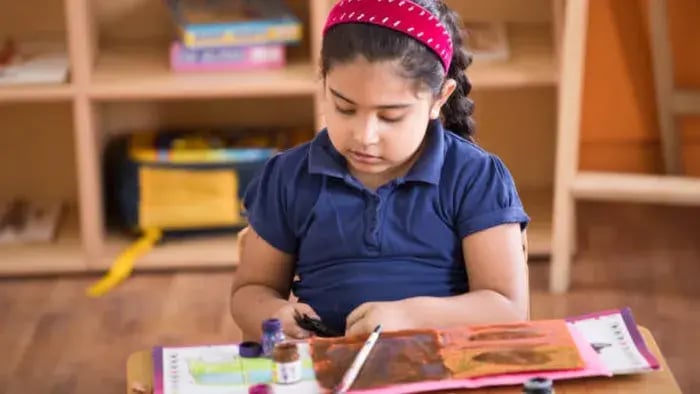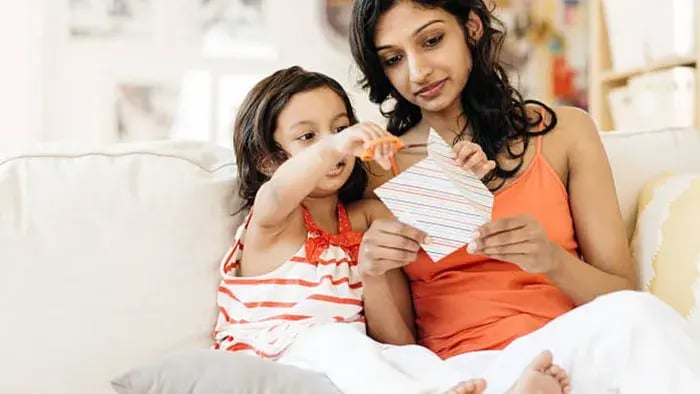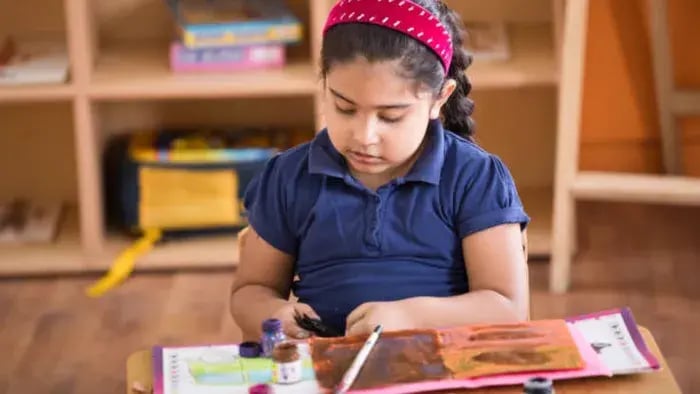- Start with Basic Family Info
- Let Your Child Shape the Tree
- Use a Different Colour for Each Generation
- Add Photos or Drawings
- Include Fun Details Beyond Names
- Use Decorative Craft Materials
- Tell Stories While You Build the Tree
- Display It Somewhere Visible
- Update the Tree as Your Family Grows
Introduction
Making a family tree is a great way for kids to understand their family better. It also gives parents an opportunity to spend time with kids and teach them more about their family history. A colorful family tree chart is a fun, hands-on activity that encourages curiosity, strengthens family bonds, and helps kids learn about relationships across generations.

When kids create their family tree, they get to discuss names, roles, and even share stories about grandparents, uncles, aunts, and cousins. This teaches them about lineage and their sense of identity and belonging. It’s even more fun when colors, photos, stickers, and drawings are included, turning the chart into a personal and meaningful keepsake.
With some paper, craft supplies, and a little guidance, your child can create a bright and beautiful family tree that’s educational and heartwarming. Whether on the wall or in a folder, it’s a reminder of the people who shape their world and their role in the family.
9 Tips To Make A Colorful Family Tree Chart For Kids

Making a family tree is a great way to help your child connect with their roots and learn about the special people in their life. It’s not just educational—it’s also a fun, creative activity that encourages bonding and storytelling. Here are tips for creating a colorful, memorable chart with your child.
Start with Basic Family Info
Begin by writing down the names of immediate family members—parents, siblings and grandparents. This will help your child see how their family branches out, start small, and you can add more relatives as the tree grows. Keep it simple and age-appropriate so your child doesn’t feel overwhelmed.
Let Your Child Shape the Tree
You can use a vertical layout, a circular pattern or even draw a real tree with branches. Involve your child in deciding which layout pattern they love the most and how they want to design it. When they choose how the chart will look, they’ll feel more connected to the project and more excited to do it.
Use a Different Colour for Each Generation
Assign a different color for each generation, one for grandparents, one for parents and one for the kids. This will help your child group people visually and understand family layers better. You can use colored paper, markers, or even paint to make it more fun and creative.
Add Photos or Drawings
If you have photos, let your child add one for each family member. If not, they can draw simple faces based on their observations. This personal touch boosts creativity and helps them observe and remember individual features.
Include Fun Details Beyond Names
Next to each person’s name, write a fun detail—like “loves mangoes” or “tells funny stories.” This allows your child to see each relative as a real person with their own identity, not just a name on paper. It also sparks fun and engaging family conversations around the chart.
Use Decorative Craft Materials
Let your child use stickers, washi tape, glitter pens, or stamps to decorate the chart. These small touches make the project feel special and keep them engaged longer. It turns the activity into a fun craft session, not just a lesson.
Tell Stories While You Build the Tree
As you add each name, share a short memory or story about that person. This helps your child form emotional connections and gives meaning to the chart. You can talk about how their grandparents lived, how cousins used to play, or funny moments from your own childhood.
Display It Somewhere Visible
Once done, hang the family tree on a wall, the fridge, or in your child’s room. This makes your child proud of their work and reminds them daily of the people who love and support them. It also invites future conversations and additions.
Update the Tree as Your Family Grows
Leave space to add new members—like a baby cousin or new family traditions. Updating the chart together helps your child understand that families evolve. It also keeps the activity ongoing and meaningful over time.
Conclusion

Making a family tree is more than a craft – it’s a way for your child to connect to their roots. Through names, stories, drawings, and photos, your child starts to understand where they fit in the family and the connections between the generations. It becomes a tool for learning, sharing, and celebrating relationships. As the tree grows and changes, so does your child’s sense of love, belonging, and heritage. This simple activity fosters creativity, strengthens family bonds, and creates a visual keepsake they’ll be proud of for years to come. Every branch tells a story – and every story matters.
Her love for storytelling began with reading her grandfather’s speeches, where Tarishi saw the power of words in creating lasting memories. Combining her passions for food and writing, she has turned her life into a fulfilling path of sharing stories that celebrate flavours and how food brings communities together.
The views expressed are that of the expert alone.
The information provided in this content is for informational purposes only and should not be considered a substitute for professional medical advice, diagnosis, or treatment. Always seek the advice of your physician or another qualified healthcare provider before making any significant changes to your diet, exercise, or medication routines.
















